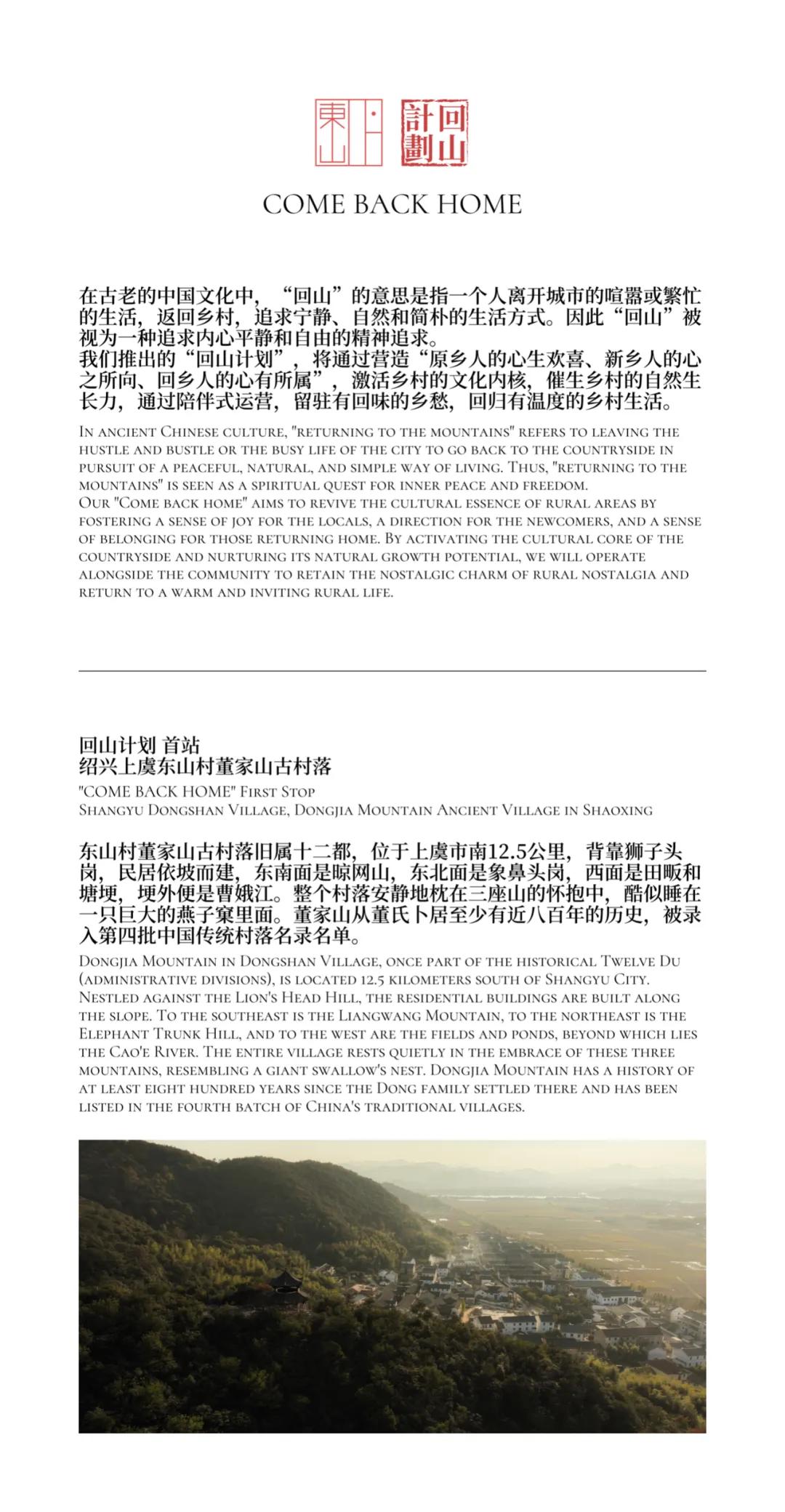回山计划 · 東山古村集

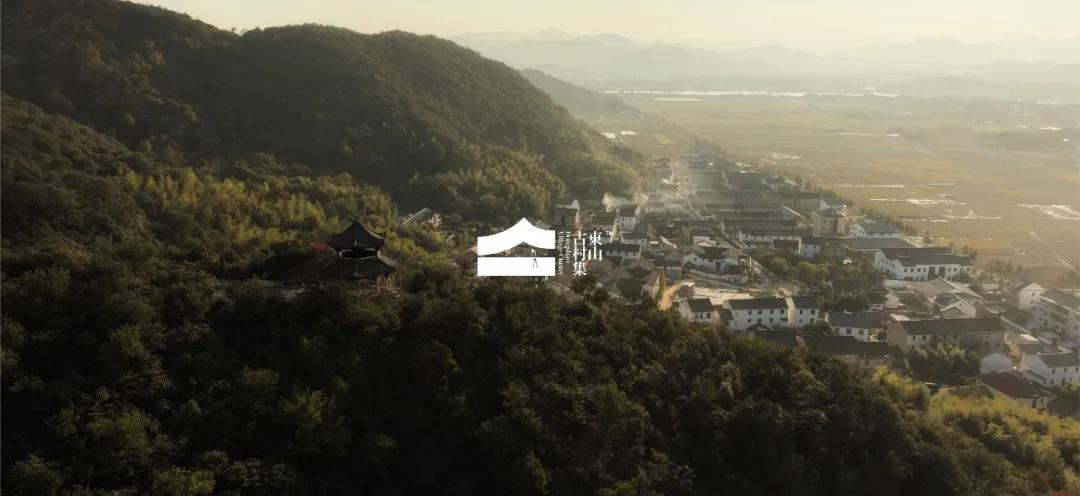


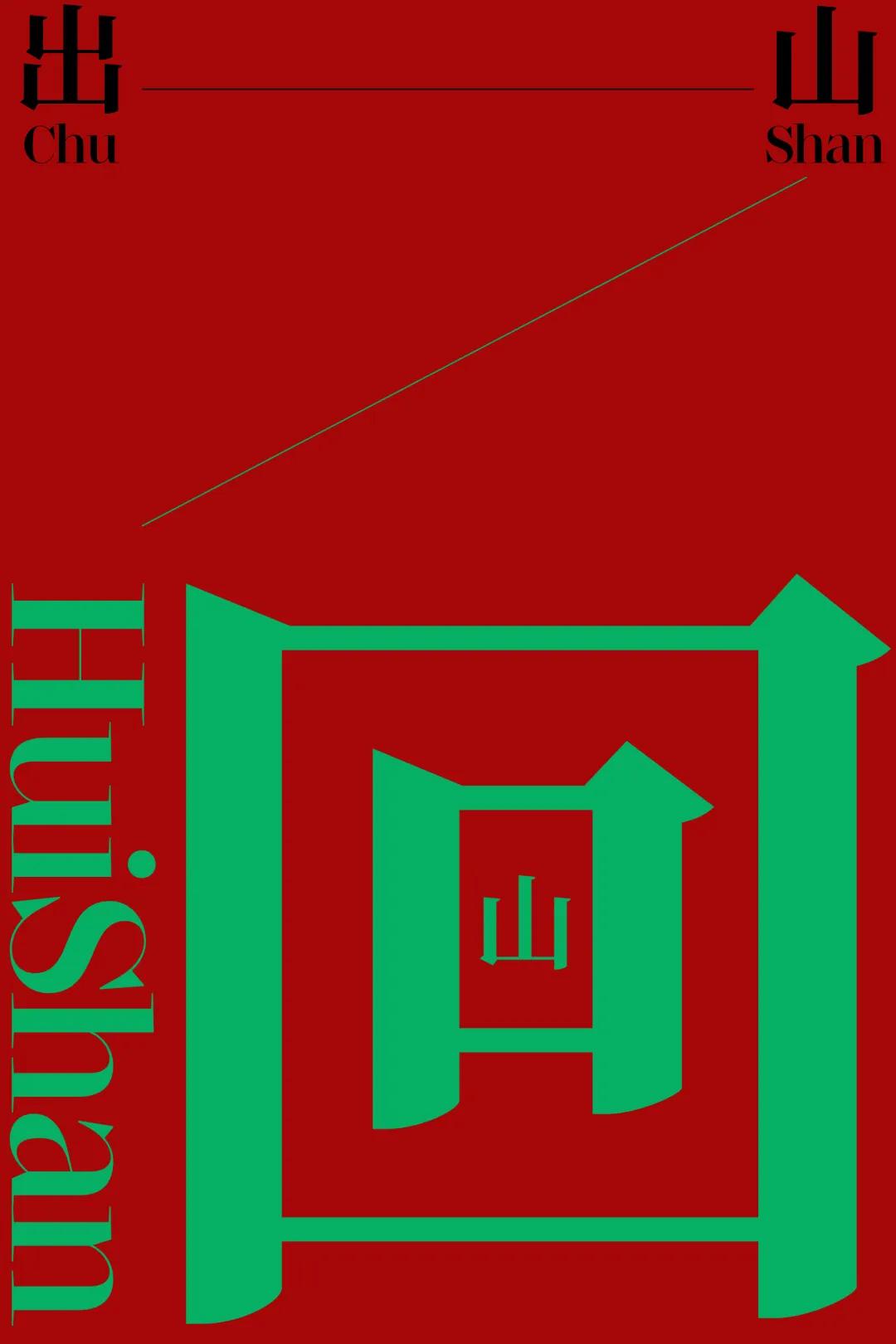
在古老的中国文化中,“出山”一词的由来,出自于《晋书·谢安传》,“晋谢安神识沉敏,少有重名,高卧东山,屡辟不出。及桓温请为司马,始出仕治事,终为朝廷重臣。”晋代谢安曾高卧隐居东山,因国家危难故而出山济世。后以“出山”比喻出仕或担任某种职务,成材、有了前途。
The term "Chushan" in ancient Chinese culture originates from the "Book of Jin: Biography of Xie An." It goes, "Xie An of the Jin Dynasty was profoundly perceptive and distinguished from a young age. He chose to live in seclusion on the Eastern Mountain, repeatedly declining official appointments. It was not until Huan Wen invited him to serve as a Sima that he began his official career and eventually became a key minister in the imperial court." Xie An was once in reclusive retirement on the Eastern Mountain and only emerged from his seclusion to aid the state in times of crisis. The phrase "Chushan" later came to metaphorically refer to someone taking up an official post or assuming a certain duty, indicating that a person has become accomplished and has promising prospects.
在当下和平年代,“出山”的人们都不再回归乡村,年轻人都去往城市,乡村只留下老人和小孩,小时候记忆中的邻里人情也只存在于记忆。如何让年轻人能回到乡村?如何激活乡村自然生长的生命力?我们在“出山”一词的始源地浙江上虞东山,推出“回山计划”,并将东山作为“回山计划”运营首站,立志打造中国乡村振兴样板。
In the current era of peace, those who "Chushan" no longer return to the countryside; instead, young people head for the cities, leaving behind only the elderly and children in rural areas. The neighborly bonds and warmth I remember from my childhood now exist only in memory. How do we encourage young people to return to the villages? How can we rekindle the natural vitality inherent in rural life? Taking inspiration from the origin of the term "Chushan" in Shangyu, Zhejiang Province's Dongshan, we have launched the "COME BACK HOME," with Dongshan serving as the inaugural site for its implementation. We are determined to create a model for rural revitalization in China.

回山计划发布
"COME BACK HOME" Unveiled
“回山”的意思,是指一个人离开城市的喧嚣或繁忙的生活,返回乡村,追求宁静、自然和简朴的生活方式,因此“回山”被视为一种追求内心平静和自由的精神追求。古有出山济世,今有回山振兴。我们推出的“回山计划”,将通过营造“原乡人的心生欢喜、新乡人的心之所向、回乡人的心有所属”,激活乡村的文化内核,催生乡村的自然生长力,通过陪伴式运营,留驻有回味的乡愁,回归有温度的乡村生活。
The concept of "Huishan" refers to someone leaving behind the hustle and bustle or the hectic pace of city life to return to the countryside in pursuit of a tranquil, natural, and simple way of life. As such, "Huishan" is seen as a spiritual quest for inner peace and freedom.In ancient times, there were those who emerged from seclusion to aid the world; today, we have people returning to the mountains to rejuvenate rural areas. Our "COME BACK HOME" is designed to reawaken the cultural essence of villages and stimulate their organic growth. With a companionable approach to management, we aim to preserve the sentimental longing for the countryside and restore a warm, vibrant rural way of life.
東山古村集,上东山文旅回山计划的首站,以东山村为第一自然村,运营逐渐覆盖周边村落群,业态集酒店、民宿、餐饮、咖啡、茶、营地、图书馆、博物馆、非遗工坊、设计工作室、乡创学院、青年共创空间于一体,以谢安东山再起的典故、谢灵运山水诗文化、越窑青瓷文化为文脉,为游客提供有温度的古村落居停生活方式。
Dongshan Village Cluster is the flagship site of the Shang Dongshan cultural and tourism “Come back home” initiative. It starts with Dongshan Village as the primary natural village and progressively encompasses a network of surrounding villages. The business model integrates hotels, guesthouses, dining, cafes, tea houses, campsites, libraries, museums, intangible cultural heritage workshops, design studios, rural innovation academies, and youth co-creation spaces. Drawing inspiration from the historical revival of Xie An's Eastern Mountain retreat, Xie Lingyun's landscape poetry, and the Yue kiln celadon culture, the project aims to provide visitors with an authentic and warm living experience in an ancient village setting.
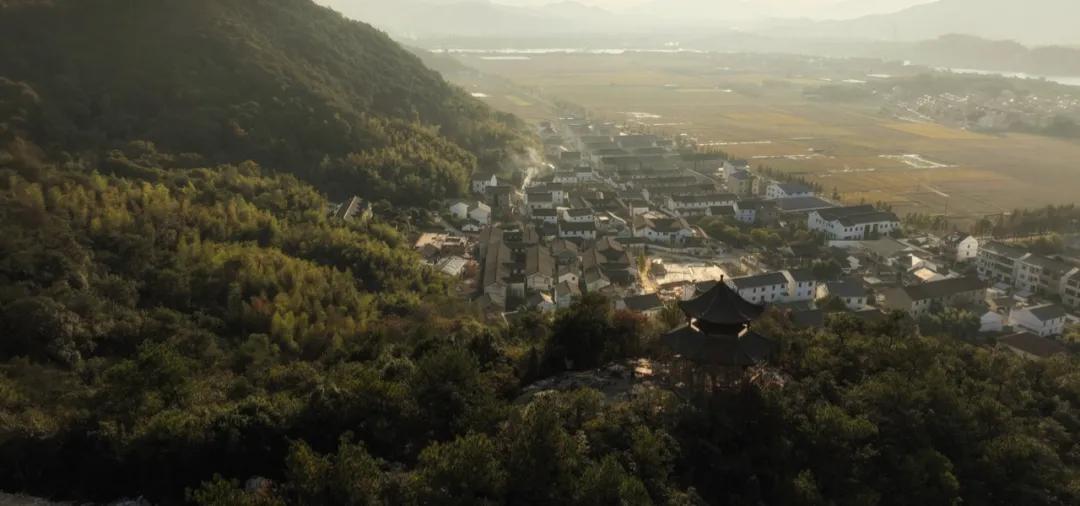
东山村又名董家山村,旧属十二都,位于上虞市南12.5公里,距离东山大观酒店2公里,背靠董家山狮子头岗,民居依坡而建,东南面是晾网山,东北面是象鼻头岗,西面是田畈和塘埂,埂外便是曹娥江。整个村落安静地枕在三座山的怀抱中,酷似睡在一只巨大的燕子窠里面。董家山从董氏卜居至少有近八百年的历史,被录入第四批中国传统村落名录名单。
Dongshan Village, also known as Dongjiashan Village, was once part of the historical Twelve Du (administrative divisions). It is located 12.5 kilometers south of Shangyu City and 2 kilometers away from the Grand Dongshan Hotel. It is backed by the Dongjia Mountain Lion's Head Peak, with residential buildings constructed along the slope. To the southeast lies Liangwang Mountain, to the northeast is Elephant Trunk Peak, and to the west are farmlands and ponds, beyond which lies the Cao'e River. The entire village rests quietly in the embrace of these three mountains, resembling a giant swallow's nest. Dongjiashan Village has at least an 800-year history since the Dong family settled there, and it has been listed in the fourth batch of China's traditional villages.
東山古村集品牌形象标识发布
Dongshan Village ClusterBrand Identity logo Unveiled
/中心思想传达
Conveying the Central Idea
理想中有生命力的乡村,一定聚集了原乡人、新乡人和归乡人,一只燕子在屋檐下等待其他燕子的南归,我们希望通过品牌形象标识的设计,赋予东山古村落群更美好的祝福寓意。
An ideal and vibrant village is surely a gathering place for native villagers, newcomers, and those returning home. Just like a swallow beneath the eaves waiting for the return of its kin from the south, through the design of the brand's visual identity, we hope to bestow upon Dongshan Ancient Village Collection a deeper and more auspicious significance.

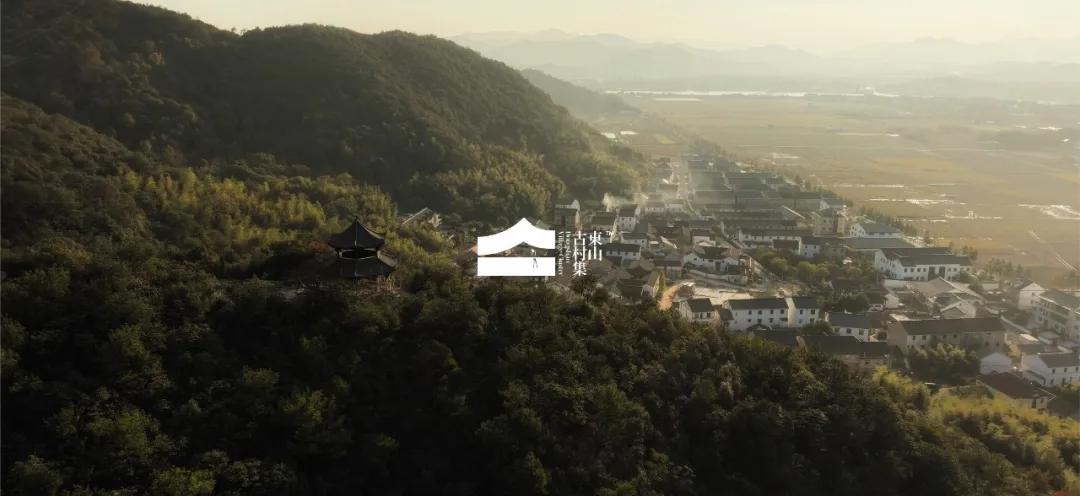
/品牌标语
Brand slogan
诗瓷故里的江南生活
Living in birthplace of Jiangnan Yue kiln and landscape poetry.
/设计灵感Design Inspiration
我们结合“东山村三面环山,村落如同睡在一只巨大的燕子窠中。”的村落地貌特征描述与中国传统「燕子」型图形的吉祥寓意,故将「燕子」图形作为形象标识的辅助设计元素。燕子,在中国是一种吉祥鸟,文化的象征。是对美好生活的向往,也象征春天、世事变迁、漂泊在外的游子的羁旅之苦。此外,燕子还有爱情、财富、吉祥等寓意。在中国乡村,如果燕子在某户人家的屋檐下筑巢,表示将为这户人家带来好运和财富。
Taking into account the geographical features of Dongshan Village, which is surrounded by mountains on three sides and resembles a village resting in a giant swallow's nest, the image of a swallow has been incorporated as an auxiliary design element for the village's visual identity.In China, the swallow is considered an auspicious bird and a symbol of culture. It represents the longing for a beautiful life and also signifies spring, the changes of the world, and the hardships of wandering travelers who are far from home. Furthermore, the swallow is associated with love, wealth, and good fortune. In Chinese rural areas, if a swallow builds its nest under the eaves of a family's home, it is believed to bring good luck and prosperity to that household.
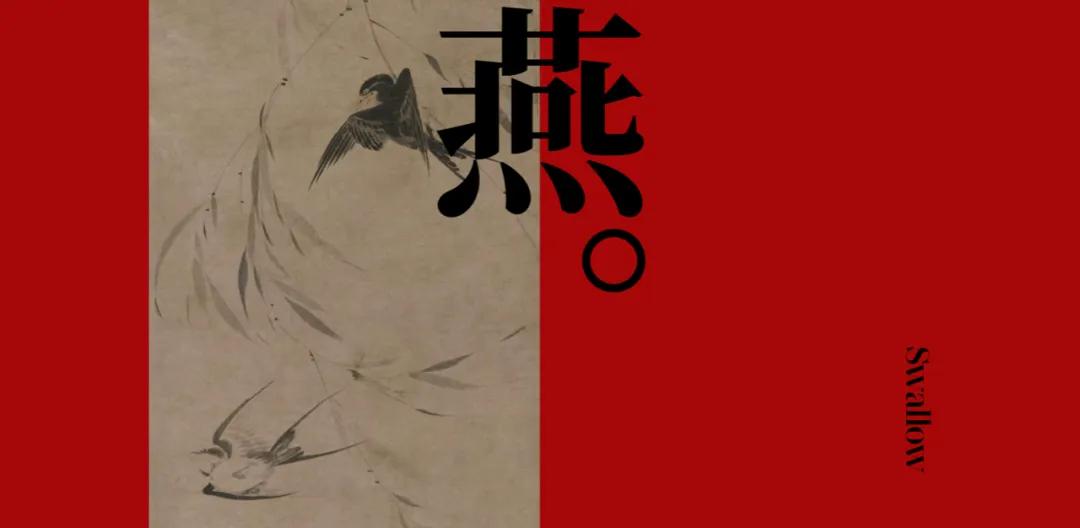

我们结合东山村的中国传统古中式建筑屋檐外貌特征与老台门特色,故将「屋檐」与「老台门」形态组合,作为形象标识的主要设计元素。两者形态组合,也形成「亼」字形态。亼 [jí],从入从一,形如山水,三合也。象三合之形。 古通「集」。在「東山古村集」品牌案名中,该图形设计具有集合、聚合之意。
Combining the characteristics of traditional Chinese architecture and the distinctive old-style gateways found in Dongshan Village, the "eaves" and the "old gateways" have been merged to form the primary design elements of the village's visual identity. Together, they create the shape of the character "亼" (jí).The character 亼 (jí) consists of the components for "enter" and "one," resembling the form of mountains and waters, symbolizing unity and convergence. It is an ancient character that is interchangeably used with "集" (jí), which means to gather or to assemble. In the brand name "Dongshan Ancient Village Collection," this graphic design captures the essence of gathering and convergence.


案名设计,主视觉中文字体规范“思源宋体”,沿用古书籍竖排从右至左的阅读顺序。辅视觉英文字体规范“Stardom”组合,考虑到更宽泛的形象标识辨识与标识理解,中国古村落山水度假,国际表达。
For the case name design, the main visual features the Chinese font "Source Han Serif" (思源宋体), adhering to the ancient book tradition of vertical text that reads from right to left. The auxiliary visual for the English font is set in "Stardom," chosen for its broad recognition and easy comprehension as part of the village's identity. This combination aims to convey the concept of a Chinese ancient village resort amidst picturesque landscapes, presented in a manner that resonates with an international audience.


FROM
编辑:Asa
Logo创意设计:Asa
©本文版权归“上东山文旅”所有,如欲转载请联系授权
CONTACT
東山古村集 驻村:王泽
联系电话:13819856900
